Wavetouch Grand Teton SE Loudspeaker
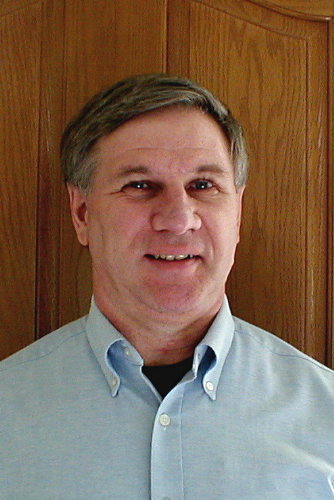 In my previous review of the Wavetouch Audio Grand Teton speakers my subtitle for that article was “Higgs Boson Found!” To quote myself, my explanation for this subtitle was:
In my previous review of the Wavetouch Audio Grand Teton speakers my subtitle for that article was “Higgs Boson Found!” To quote myself, my explanation for this subtitle was:
“Higgs boson: It’s always been here. We’ve never seen it before. Finally, it’s been discovered! This is my take on the new Wavetouch Grand Teton loudspeaker and its synergistic blend of cabinet design and drivers, and its internal wiring and crossover parts. It is both the David and Goliath of speakers, being very small, yet producing lifelike sound that is BIG, dynamic and superbly detailed.”
Another reason I refer to the Wavetouch Grand Tetons as the “Higgs Boson” of speakers is because for its very compact dimensions and relatively small drivers, it produces 94 dB of volume for one watt of input power and provides very good bass performance that extends below 50 Hz. The bass it produces is very articulate and taut so one can really hear what the bass instruments are doing. The tonality is excellent and instruments sound natural and lifelike without the blurring and bloating that passes for bass in lesser designs.
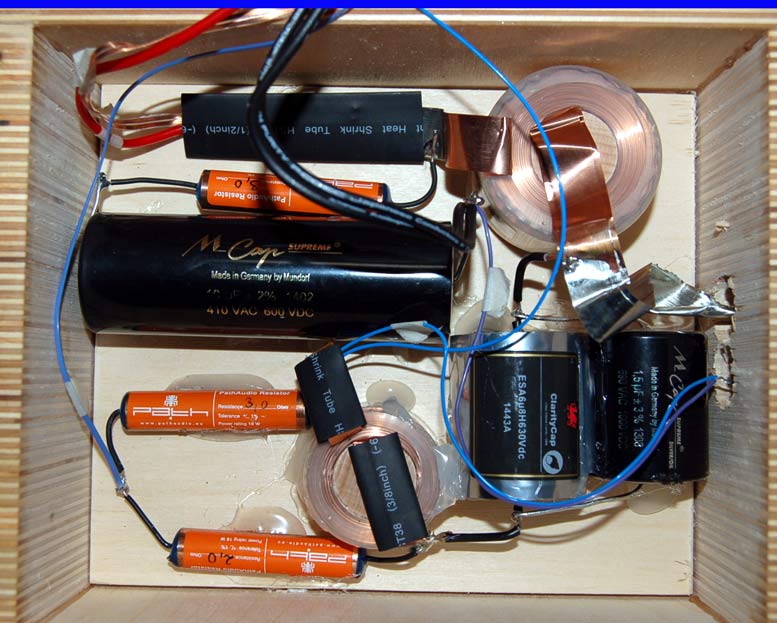
With designer Alex Yoon’s introduction of the new Grand Teton SE speakers all these points still hold true—and then some. With the new SE version we have a much improved, premium quality crossover as well as upgraded and optimized internal wiring and a change from gold-plated brass binding posts to Eichmann Tellurium posts, which is basically high-quality gold plating over very pure copper posts. Many audiophiles, including yours truly, prefer the sound of gold-over-copper to that of gold-over-brass, so it makes perfect sense. Below is a description of the new crossover followed by a description of the original non-SE crossover.
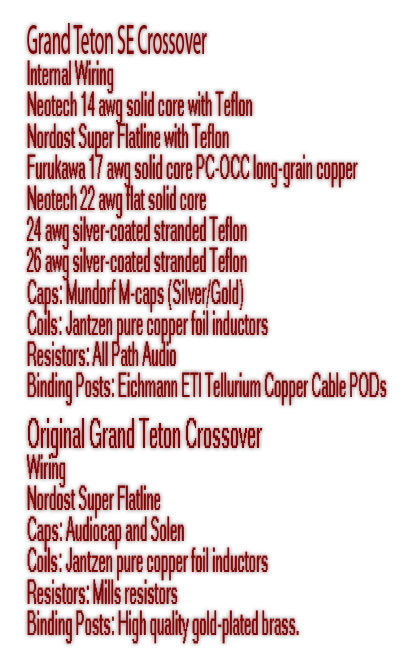

Beyond the revamping of the crossover Yoon decided to build a separate box to house the new crossover and then bolt it to the main cabinet which was connected via a wiring harness. The latest version of the Grand Teton SE is a one-box design, but with and isolated sub-chamber that houses the crossover. Yoon claims that both SE versions sound essentially the same but that the one-box version is less complicated and easier to manufacture. Happily, as it turned out, this allowed Wavetouch Audio to offer the new Grand Teton SE version at the same price as the original model I reviewed in 2013. So for only $3,500 with the significantly upgraded crossover, wiring, and binding posts all in their own isolated chamber, the bang-for-the-buck on these little bad boys has taken flight and soared.
Additionally, I recall saying that the original GT’s were likely better matched with tube amps because the treble had a lot of presence and could turn aggressive with the wrong amp. From my experience, many tube amps are a bit easier on the ears in the treble frequency spectrum, hence my recommendation to use a good tube amplifier as opposed to a solid-state model.
In both the new SE model and the Grand Teton Gen 2, a key resistor in the crossover has been changed in value in order to tame the somewhat hot treble of the original model. In my listening impressions we will examine the effects of this change. The Grand Teton Gen 2, by the way, is less expensive version of the original Grand Teton with less expensive internal parts, although the 5.25” mid-woofer and the AMT high frequency driver are identical. The cost of the GT Gen 2 is only $1,995 and like other Wavetouch speakers comes with a 40-day in-home trial, which should be a very attractive enticement for audiophiles to take the plunge and sign up for a test drive. Like many other speakers all versions of the Grand Tetons need at least 100 hours of break-in time before they loosen up and provide their very holographic disappearing act.
Set-up
As with the original Grand Tetons, I installed the SE’s in my Small-Room Reference system, which measures 14’ x 11’ with a vaulted ceiling. The speakers were spaced 79” apart center-to-center, on 18” stands and aimed directly at the center-seated listener. It was 50” from the front wall to the front baffle and 24” to each of the side walls. My ears were located 7.5’ back from the front plane of the speakers and 2.5’ from the rear wall. The main difference with this setup was that the extra height that the crossover compartment added to the SE’s lower cabinet positioned the speaker drivers 3 inches higher than the original GT’s and I was able to get away with only a very minor tilt-back compared to that of my original setup.
I used the Grand Teton SE’s mainly with my Lenovo laptop, which played CD’s and computer files into the PS Audio DirectStream D/A converter. The output from the DirectStream fed my Luminous Audio Axiom II passive, resistive-ladder preamp (with Walker mod), and the Axiom II delivered the signal to a pair of nicely modified Dignity Audio DA08SE 300B 8-watt single-ended-triode amplifiers. I had great success with this combination of components in my earlier Grand Teton review so I figured I should keep things the same because A) I knew it worked well, and B), it would provide the basis for a very fair comparison to the original GT’s.
The Sound
Okay, so we know the main differences between the new GT SE and the original Grand Teton are an improved and more physically isolated crossover, and a change in a resistor’s value to decrease the treble response slightly. I have to say that I believe Alex Yoon hit a home run here. The slight reduction in treble resulted in a less forward lower treble, which in my view created a more perfectly balanced speaker; one that can be happy and musical when paired with tube, solid-state, or solid-state class-D amplifiers. If using a tube amplifier one should bear in mind that these are 4-Ohm speakers. Most tube amps are perfectly suited to driving 4-Ohm speakers, but some are not. When in doubt consult the amplifier’s manufacturer.
 On the whole, the GT SE is a slightly smoother, better balanced loudspeaker than its predecessor, which was already an excellent sounding speaker in its own right. My listening evaluation was definitely a labor of love and here’s how it went…
On the whole, the GT SE is a slightly smoother, better balanced loudspeaker than its predecessor, which was already an excellent sounding speaker in its own right. My listening evaluation was definitely a labor of love and here’s how it went…
I had Alex put a lot of break-in hours on the speakers before he sent them to me and that helped expedite the review (manufacturers are you listening?). The first thing I noticed was great clarity and musicality, with layer upon layer of musical nuances emerging from a jet-black background. On “Working My Way Back to You Babe,” from The Jersey Boys motion picture soundtrack (Rhino R2 73271) the brass horns had bite but without being biting to the ears. And on many of the songs like “Dawn,” “Ragdoll,” and “December 1963,” you could hear all the space in the soundstage, which was filled with room-boundary echo and ambient cues that gave it size and defined its holographic dimensions, thus immersing the listener in virtual 3D sound—and this from a regular Red Book stereo recording.
Regarding Frankie Valli’s vocals, they did not sound as good as I had heard them on other very good loudspeakers—they sounded considerably better! His vocal presence was more sonorous, less edgy and was imbued with body and power. But then, I am speaking of John Lloyd Young, who played Valli in the movie and performed many of the songs on the CD soundtrack. Sorry Frankie!
Jack Johnson’s “Taylor,” from On and On (Universal 440075012 2) delivers just the right amount of snap on the plucked guitar string runs, and the lovely harmonics and sustain of the guitar notes rang out natural and true in other parts of the song. Later the cymbals chimed in with ethereal air and soundstage-filling presence, and Jack’s voice filled the center stage with his creative lyrics that anyone could easily discern.
Ingrid Michaelson’s vocal on “Everybody” (Cabin CB24-12) from the album of the same title, showcased the unique quality of her voice and the bass on her “Incredible Love” possessed both weight and impact. The same held true for Fiona Apple’s “Carrion” from Tidal (Sony OK 67439), where the SE’s recreated Apple’s emotive vocal effortlessly and perfectly.
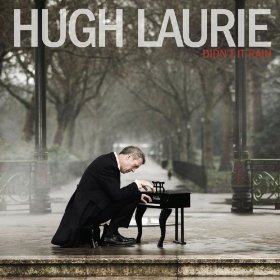 On Hugh Laurie’s Let Them Talk CD (Warner Bros. R2 527497) “Battle of Jericho” presented with great depth of field on the female vocal, punctuated by bass drum hits that echoed through the venue. And midway through the track there are several opposing cymbal bursts alternating between channels that added a great deal of sparkle and presence.
On Hugh Laurie’s Let Them Talk CD (Warner Bros. R2 527497) “Battle of Jericho” presented with great depth of field on the female vocal, punctuated by bass drum hits that echoed through the venue. And midway through the track there are several opposing cymbal bursts alternating between channels that added a great deal of sparkle and presence.
Once the GT SE’s break in they literally disappear into an immense soundstage and the bass begins to fill out and delve lower with more impact. Indeed, on Lindsey Stirling’s “Elements” from her self-titled CD (Lindseystomp Music 6892157540) there are some very low synthesizer notes in the last third of the song that many speakers will not produce at all, let alone reproduce them distinctly with a fair degree of weight and dimension. The SE’s handled these notes very well. Now I’m not saying that the SE’s will produce the kind of foundation-challenging bottom end I get from my Legacy Focus SE’s in my Large-Room Reference system, but in my small room the kind of articulate and fairly deep bass the GT SE can conjure up is impressive and deserving of respect. In fact, with the PS Audio DirectStream as the DAC (with the Pike’s Peak firmware) the SE’s spilled out bass details on familiar recordings that I had never heard before. That’s how articulate their bass performance can be with the right associated gear and a good room to support it.
Designer Alex Yoon says that a decent subwoofer (or two) can mate well with the Grand Teton SE’s if crossed in low (and in a large room I can see the logic there). In mid-size and small rooms if you are getting decent bass power and extension it would almost be a shame to muddle the very coherent and articulate bass performance of the SE’s by adding a sub that doesn’t integrate quite right. But if you already have a good subwoofer kicking around then you could always try it both ways and then decide whether or not you think it makes an improvement. In my own small room system I prefer not to use a sub with the SE’s.
Caveats
As with the original version, the waveguides look a little strange and might attract the playful attention of children or pets, who might knock them out of place. If it became a problem, the waveguides could be removed, albeit with a slight loss of image focus. (Yes, they do work!)
And as I mentioned if you want the ultimate in bass extension and slam in a large room you will likely need to recruit a decent subwoofer or two to fill in that bottom octave of very low bass.
Conclusion
It was a pleasure to audition the new Wavetouch Audio Grand Teton SE speakers. They are truly exceedingly musical, holographic, and well balanced reproducers of sound that don’t require a lot of room real estate and can be used successfully with a great variety of amplifiers whether they are tube, solid-state, hybrid, or class-D.
I have to congratulate designer Alex Yoon for making these refinements to an already great sounding loudspeaker. The new Grand Teton SE’s will now take up residence in my Small-Room Reference system as my reference loudspeakers of choice. My audiophile friends are already salivating over the prospect of buying the original version of the Grand Tetons from me and one of them is about to get lucky. Very Highly Recommended!


frank Alles
Wavetouch Audio Grand Teton Loudspeakers
Frequency response: 40Hz ~ 25,000Hz
Sensitivity: 94db (4 ohms)
AMT Heil Ribbon Tweeter
5.25″ Mid-bass Driver
WaveTouch Technology
Made in Los Angeles, CA, USA.
Size: 15″h x 7.25″w x 12″d
Price: $3,500 in USA handmade Russian Baltic Birch plywood cabinets
Manufacturer
WaveTouch Audio
401 W. Washington Blvd.
Los Angeles, CA 90015
Phone: 213 747 338
e-mail: info@wavetouchaudio.com
Web: http://www.wavetouchaudio.com/
Stereo Times Masthead
Publisher/Founder
Clement Perry
Editor
Dave Thomas
Senior Editors
Frank Alles, Mike Girardi, Russell Lichter, Terry London, Moreno Mitchell, Paul Szabady, Bill Wells, Mike Wright, and Stephen Yan,
Current Contributors
David Abramson, Tim Barrall, Dave Allison, Ron Cook, Lewis Dardick, John Hoffman, Dan Secula, Don Shaulis, Greg Simmons, Eric Teh, Greg Voth, Richard Willie, Ed Van Winkle, Rob Dockery, Richard Doron, and Daveed Turek
Site Management Clement Perry
Ad Designer: Martin Perry


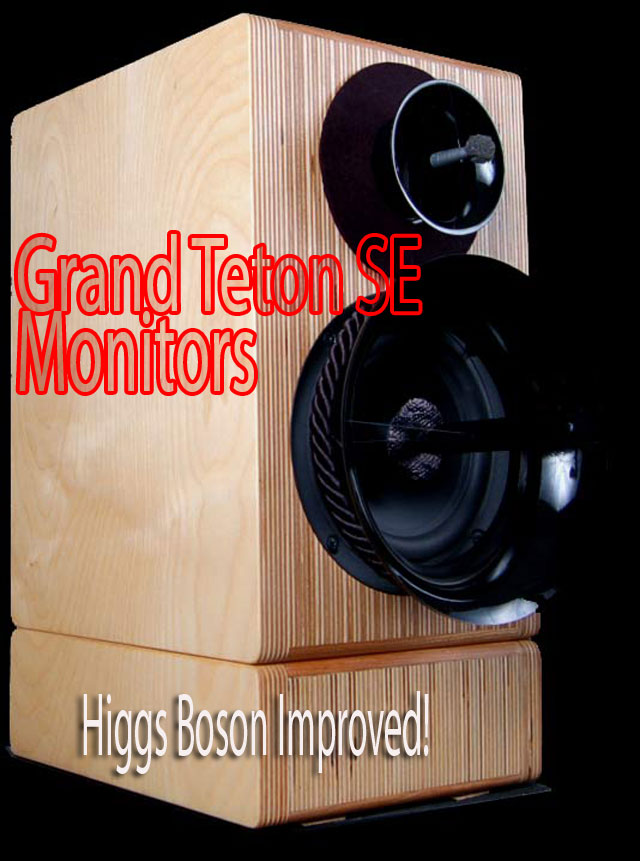



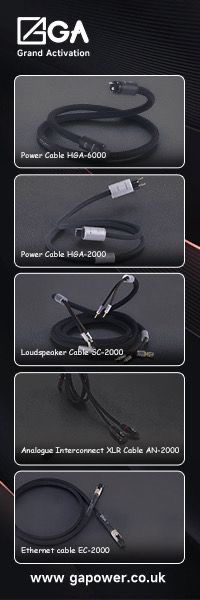
Be the first to comment on: Wavetouch Grand Teton SE Loudspeaker